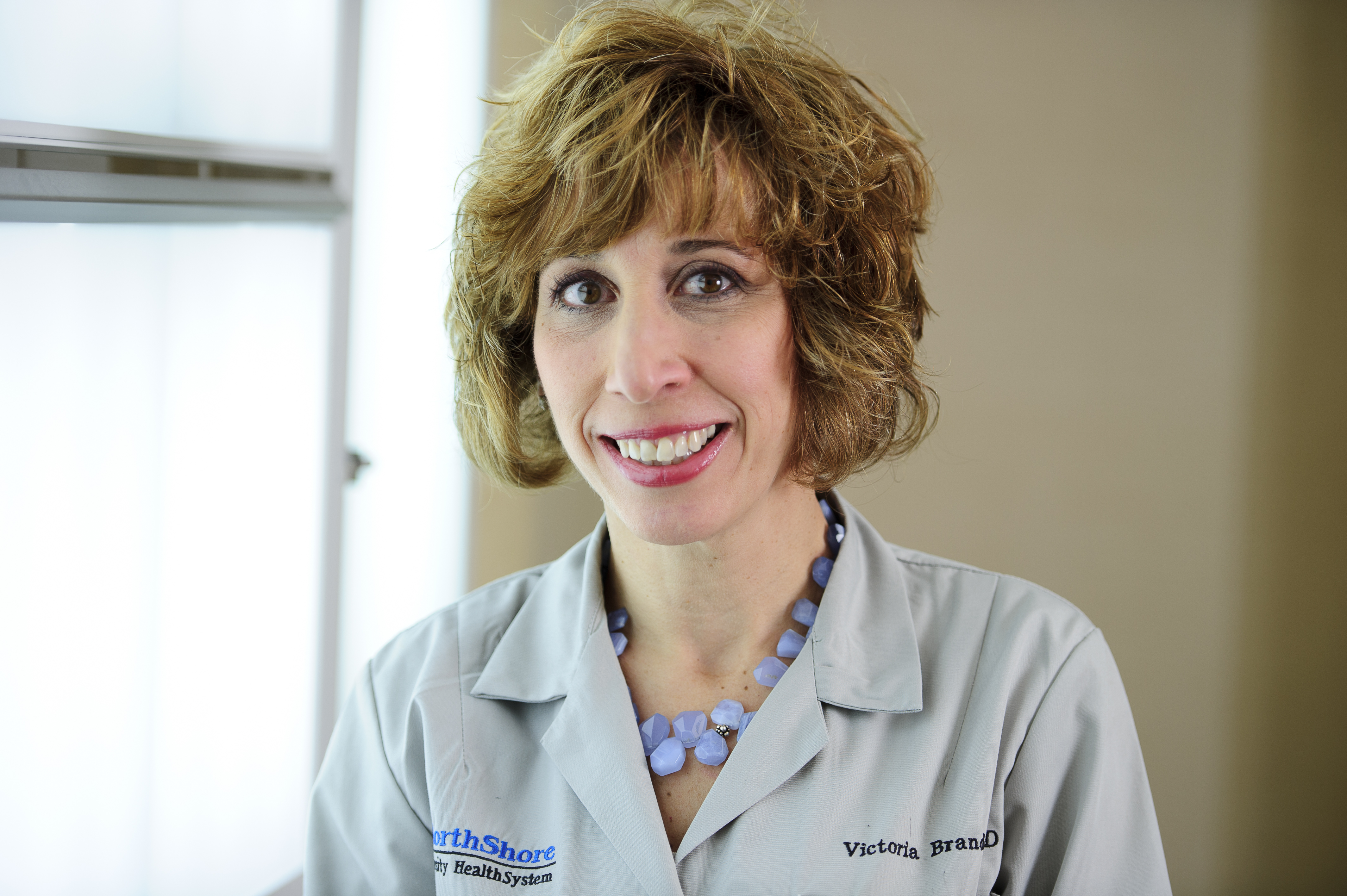AARP Hearing Center

More than 15 years ago, when my colleagues and I wrote one of the first self-help books for people considering joint replacement, we decided we could summarize our advice in two words: STAY ACTIVE. At the time, the advice was novel - most doctors were counseling patients against exercise or telling them to “take it easy” on their joints.
We now know that exercise is the single most powerful prescription doctors have to treat arthritis pain.
But exercise is much easier prescribed than accomplished! Scores of Americans use treadmills as clothes hangers and health clubs bank on the premise that only a small percentage of people who sign up for annual memberships in January will still be going in June. It’s embarrassing to be 60 years old and limping on a treadmill next to a 22-year-old marathoner. And it takes courage to get on that treadmill when you have pain with every step.
No matter the excuse, exercise is the only intervention that will block the physical decline that arthritis pushed you into. There is good news: No matter our age, level of arthritis, weight or degree of physical deconditioning, exercise works! Eighty-year-old muscles strengthen as if they were 20. Rigid joints can become flexible. The more flexible and strong our joints become, the less pain we feel. I have seen many patients on the verge of knee replacement surgery who start exercising as part of a preoperative physical therapy program and feel so much better that they cancel their surgery!
Now that the pep talk is out of the way, let’s get to the hard stuff. There are some important principles to follow to make sure your exercise program is efficient, effective and sustainable:
- Start small. Don’t be overwhelmed with the common advice to exercise “40 minutes, 3 to 4 times a week.” Forty minutes of continuous exercise is a target, perhaps achieved after many months of trying. But, again, there is good news: Exercise is cumulative. A 10-minute walk three times a day works as well for your joints as a 30-minute walk.
- Women need to build muscle bulk; men need flexibility. Although this is a generalization, it generally holds true. Most women with arthritis have considerable peri-articular atrophy/weakness. They need to build muscle bulk through strength training. Men usually need to work more on stretching.
- Stand up straight. Posture and balance are critically important for everyone. Postural exercises, such as yoga and Tai Chi, are secret weapons against arthritis. I do posture training every day by balancing on one leg while brushing my teeth.
- Walk or bike. Walking is the “secret to long life” according to many longevity researchers. Don’t walk with a limp. It is better to walk farther with a normal gait using a cane than a shorter distance without one. But if it’s too painful, ride a bike! The flexed position on the bike puts virtually no strain on the spine with stenosis or the arthritic hip, so you can go for miles without pain!
- Pre-medicate. Take pain medication before you exercise, and, if needed, before bed that night (so pain does not keep you up). If joint pain is limiting your ability to exercise, see your arthritis doctor. The most important job of your arthritis doctor is to reduce your pain (through medication, injections, orthotics and other ways) so that you can exercise.
- Customize your exercise. A good physical therapist will evaluate your strengths and weaknesses and teach you how to do the exercises accurately without risk of injury. The personal attention can help you overcome any fear of injury and develop the self-confidence needed to continue on your own.
And remember, STAY ACTIVE!
Victoria Brander, MD, is Associate Professor of Physical Medicine and Rehabilitation, specializing in arthritis, at NorthShore University HealthSystem































































